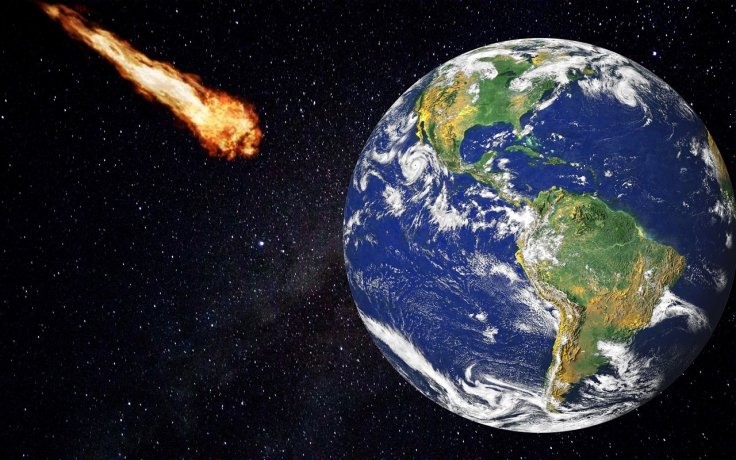A fireball that entered the earth's atmosphere and exploded over the Australian desert on Aug. 22, 2016 could have been a 'minimoon', said researchers referring to the incident related to the object that was code-named DN160822_03. Earth has at least one temporary satellite at a range of one metre at any given time, though they are too faint to detect.
What makes DN160822_03 special is that the scientists believe that the object may have been captured in the earth's orbit temporarily. Objects that are captured gravitationally by the Earth–Moon system are commonly referred to as temporarily captured orbiters (TCOs). In other words, they are natural satellites of earth, or minimoons.
According to the data captured by six of the high-resolution digital fireball observatories located in the South Australian region of the Desert Fireball Network, the object moved through the earth's atmosphere along a vertical trajectory at a very low velocity of 11 kilometres per second. This led them to deduce that the object may have orbited earth before falling inside and burning up.
"Due to the inherent dynamics of the system, the probability of the meteoroid being temporarily captured before impact is extremely sensitive to its initial velocity," the researchers said in their study. The study further states that only one TCO, 2006 RH 120, has ever been observed telescopically. It orbited Earth for nearly 11 months. And, prior to this study, only one TCO fireball has ever been observed.

Crucial to future space missions
According to the scientists, studying TCOs may help in future asteroid mining missions, sample retrieval, missions and mining missions involving asteroids. This is of significance because according to data by NASA, around 21,612 TCOs have been discovered as of Nov. 31, 2019. "TCOs are a crucially important subpopulation of near-Earth objects (NEOs) to understand because they are the easiest targets for future sample-return, redirection, or asteroid mining missions," they said.
The researchers also suggest that in the future, the detection and observation of such TCOs may be accomplished using ground-based telescopes, aiding in the understanding of their entire cycle for extended periods of time. They say, "In the future, events like these may be detected ahead of time using telescopes like the Large Synoptic Survey Telescope, and the pre-atmospheric trajectory can be verified."
Objects from space enter earth's atmosphere all the time
It is not uncommon for meteoroids from space to enter the earth's atmosphere. They travel in the vacuum of space with velocities that amount to thousands of kilometres per hour. However, when they enter the earth's atmosphere, they encounter air that compresses at a rapid rate and rises the temperature and in turn burning the meteoroid. When it burns completely it is known as a meteor, but when it escapes this encounter and makes an impact on land, it is called a meteorite.








